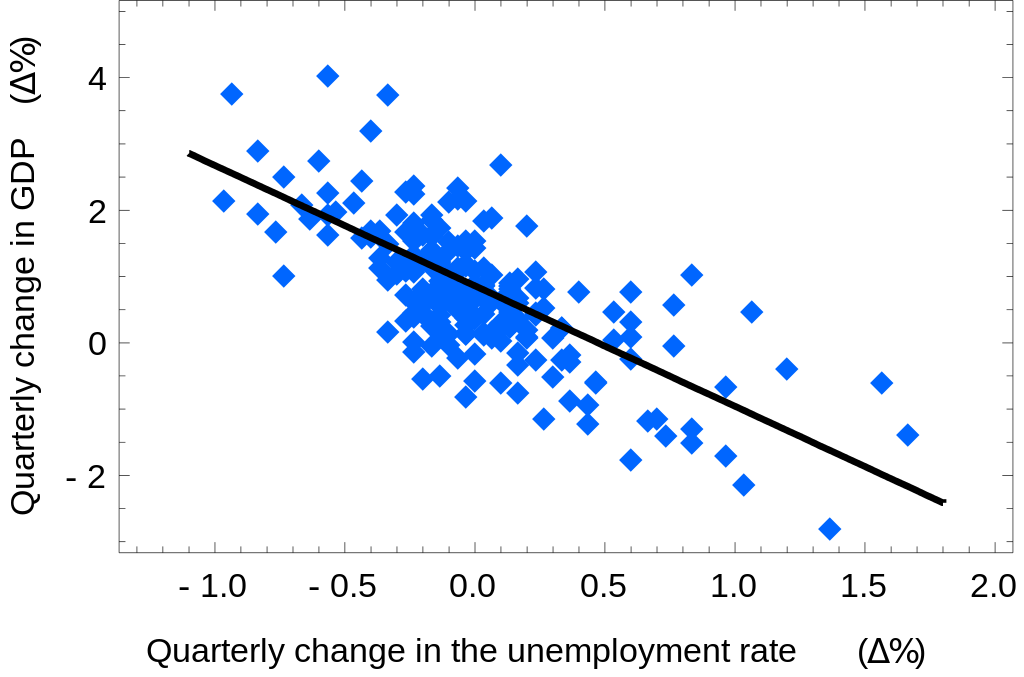
During the interregnum – and during that
period only – between the date when the
entrepreneur arranges his finance and the date when he actually makes his
investment, there is an additional demand for liquidity without, as yet, any
additional supply of it necessarily arising. In order that the entrepreneur may
feel himself sufficiently liquid to be able to embark on the transaction,
someone else has to agree to become, for the time being at least, more unliquid
than before. Prof. Ohlin seems to be suggesting that this supply of liquid
finance is forthcoming from those individuals who have the intention to save at
some future date.

Therefore, a large part of the EU population does not have access to advanced broadband services. The investments will be profitable to the investor only when demand for that product increases and consumers start liking the product. An investor, based on purchasing trends, demand and supply, and news, might predict whether the financial security in which they have recently invested will give them a higher return or not. This data allows investors to obtain a security’s actual performance without considering expectations and estimates (external factors can impact that).
Fiber investment and access under uncertainty: long-term contracts, risk premia, and access options
It’s worth noting that Keynes included unsold products in his investment, which he dubbed “unplanned investment.” As a result, the real investment is equal to the sum of the planned and unanticipated investments. It’s important to remember that sometimes investments are made that weren’t originally planned or intended. When unsold completed items amass owing to low sales, unplanned difference between ex ante and ex post investment investment occurs. As a result, an economy’s real investment is the sum of planned and unanticipated investments. Planned investment is a component of government spending that aids in the expansion of the economy’s productive capacity, and it is similar in the case of a business firms’ investment. Outlays for other areas, such as rural development and education, are included.

After the successful launch of a new tool based on the latest technology, an investor researches and conducts an ex-post analysis to determine whether an investment in this new product will be wise. It also helps to know whether the value of an asset has increased over time or not. The ex-post value can be compared with predicted returns to check the risk assessment methods’ accuracy. To measure a security’s returns from 1st January to 31st March, we will calculate the difference between the opening (price on 1st January) and closing price (price on 31st March). For example, if the value obtained is +6%, the assets have appreciated 6% since 1st January.
Access pricing and investment with stochastically growing demand
Hence, the starting point of our analysis is not the classical social welfare perspective which determines a socially optimal level of coverage. Rather, we follow the aim of the new EU regulatory framework to expand fiber connections (from a base that is too low) and assess how new co-investment policies and alternative regulatory instruments could help reaching this target. Ex-ante is a Latin term that means “before the event,” and it refers to the estimated return on an investment or the earnings that a company or an individual can expect to earn at the end of a given period. Simply put, it is the prediction of an event before it occurs, with the actual outcome being unknown. The obtained ex-ante value can then be compared to the actual performance when it occurs by making a prediction of the outcome. Ex-post is also the Latin word for “after the event,” and it is the polar opposite of “ex-ante.” The concept is used by investment firms to forecast a security’s expected returns based on the security’s actual or historical returns.
Government expenditure changes are a key component of fiscal policy intended to keep the macroeconomic business cycle stable. Inderst and Peitz (2012) analyze cost-sharing agreements between an incumbent firm and an entrant in the form of long-term contracts concluded before the investment is made, as opposed to contracting taking place after the network has been constructed. In their model, investment corresponds to a quality improvement, which is different from the coverage decision we consider in our paper. The authors show that long-term contracts reduce the duplication of investment and may lead to higher quality.
Ex-Post Analysis
Ex-post investment refers to the realised or actual investment in an economy during a year. Ex-post or actual investment is the sum total of planned investment and unplanned investment. It must be noted that ex-post saving and ex-post investment are equal at all levels of income. The difference between the two outcomes may reveal additional information about how to improve the prediction process and make it more accurate. It also allows analysts to assess how well they performed in comparison to the goal they set out to achieve. National income and employment will continue to increase until equilibrium is restored, that is when savings equal investment.
What are ex-ante and ex-post strategies?
Measures that are taken before the risky event occurs to avoid, transfer or reduce risks or exposure to risk are considered ex ante risk coping strategies. On the other hand, measures taken after the shocks to mitigate or insulate welfare impacts of the shocks are called ex post shock coping strategies.
This policy aimed to restructure the vertical organization of these industries, open their downstream markets to competition, enhance cost efficiency and service quality, and boost investment in infrastructure (Alesina et al. (2005)). Ex post volatility is defined as dispersion of ex post portfolio returns over the measurement period. Ex post volatility takes into account the variability in asset returns and changes of asset weights over time due to trading and drift. Ex ante volatility, on the other hand, is defined as forward-looking portfolio volatility calculated from current assets weights and asset covariance estimates. Except in very unrealistic circumstances, the two volatility measurements will typically differ.
What is meant by ex-ante investment?
Translated from Latin, it means before the event. Ex-ante can be used to describe the potential returns of a particular security or company. Much of the analysis conducted in the markets is ex-ante, focusing on the impacts of long-term cash flows, earnings, and revenue.